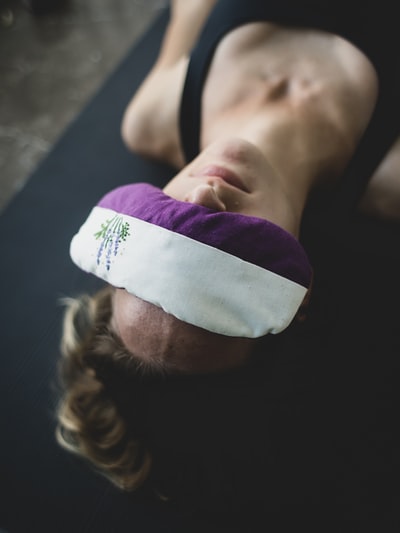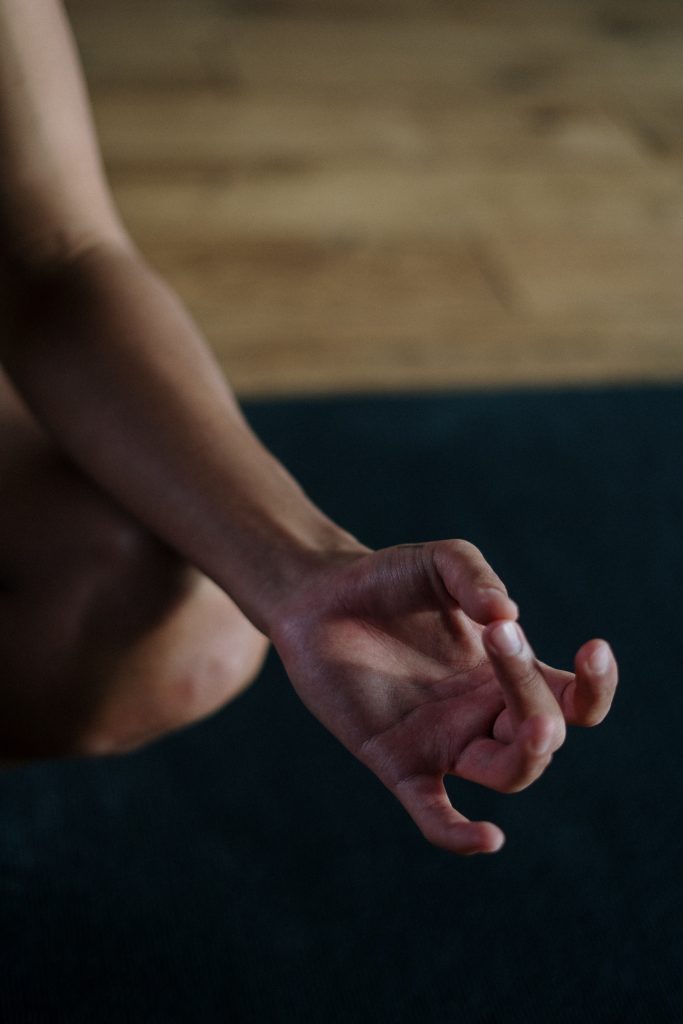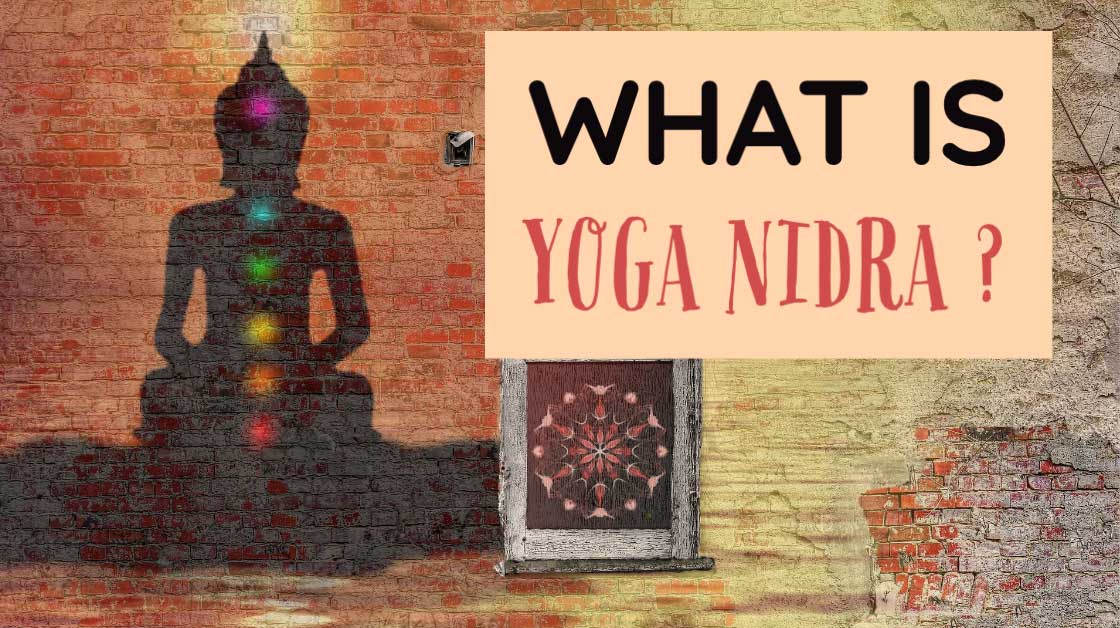When was the last time you did nothing?
Absolutely nothing!

Once I started practising Yoga Nidra, I realised that I had never done ‘nothing’ in my life. There was always an email to write, a blog post to read, a friend to see, a book to study, a cupboard needing tidied- a never ending to-do list of things that HAD to be completed, although it never was of course. There was always a million excuses not to lie down, close my eyes, and just be there, not even just for a moment. Yoga Nidra has helped me to find space between the things on my to-do list, to catch my breath between one thing and the next, to listen into quiet moments rather than rushing my way through them.
Unlike many yoga practices, which may seem intimidating and inaccesible, Yoga Nidra is something that everyone can do. If you can lie down on your back or side, you can do it! And if you can’t lie down, you can still do it, either sitting or propped up with cushions. Once you’ve found yourself a comfortable position, whatever that position may be, and made sure you’re warm enough and relatively sure you won’t have too many disturbances for the next 15-30 minutes, you’ve done everything you need to do. For the rest of the practice, there will be invitations from the person sharing Yoga Nidra with you- invitations to listen to their voice, to breathe naturally and deeply, to feel your way around the physical body, to visualise and dream, but it is always up to you whether you follow any or all of these suggestions. It is your practice and so whatever you experience is welcome, there is nothing you can do wrong.
So if there’s nothing I have to do, what is it all about? And how will it help at all?

In today’s world, our nervous systems, which haven’t evolved much from our community-centred, hunter-gatherer ancestors’, are under constant stimulation from social media, phone notifications, emails, advertisements and small stressors from the news, deadlines, travel and so on. We are living in an almost constant state of ‘fight, flight, freeze’- the activated sympathetic nervous system. To put this into context, UCLA researchers found that frequent Internet users experience twice the amount of activity in the prefrontal cortex of the brain (that’s the part governing our ability to focus, make decisions, problem solve, organise thoughts, manage intense emotions and control impulses) as infrequent users. Extra activity in this part of the brain is linked to anxiety, poor attention and concentration, memory issues and sleep disturbances (UCLA, 2012). There are many ways that we can begin to reduce this barage of stimulation, all of which involve changing your habits. One of these changes could be to incorporate conscious rest time into your day, that is, resting but not in the ways we might normally think of. Watching TV, having a glass of wine or listening to a podcast are often our go-tos for relaxing after a busy day and are of course, a natural response to the hectic lives we lead, as they are a way to ‘switch off’. Incorporating a way to relax that, instead of drawing you out of your experience of the world, draws you directly inside of yourself, such as Yoga Nidra, allows for a deeper sense of relaxation to come over you, as both the body and the mind are given a break from any external stimulation.
The first and most important aspect is the acceptance of doing nothing – the calming of the mind and the body as you first begin to settle down, reminding yourself to let go and just be, rather than ‘do’ the practice. This becomes a lesson we can take away with us and out into our daily lives as a constant reminder to be still, breathe and not try so hard.
The physical benefits of the practice come from the simple fact that feeling safe and secure, being guided through each step and relaxing the whole body naturally enables the nervous system to settle into the parasympathetic, the ‘rest, digest, repair’ function of the body.

The benefits of this are many:
- Immunity boosting
- Better recovery from workouts
- Improved sleep- ability to fall asleep and stay asleep
- Reduced anxiety
- Release tension and pain
- Improve pre-menstrual stress or tension difficulties (https://pubmed.ncbi.nlm.nih.gov/28779936/=)
- Improve blood sugar regulation in Diabetes Type 2 (https://pubmed.ncbi.nlm.nih.gov/19810584/)
Finally, with practice we become able to stay in a state of wakefulness in the practice, and in this state of mind, the state of ‘Yoga Nidra’, we are given the chance to access the subconscious mind we experience during sleep but in a conscious way. This creates an opportunity to heal past experiences or traumas by processing them in the present moment and creating new patterns of behaviour. In this state, we can also alter the subconscious mind in order to envision something we want to happen in our life. Many athletes use Yoga Nidra to manifest winning a big race, but your practice of Yoga Nidra is unique to you and so when you allow yourself to truly rest, the possibilities for your health, healing, wellbeing and happiness are endless, and most importantly, true to you!

